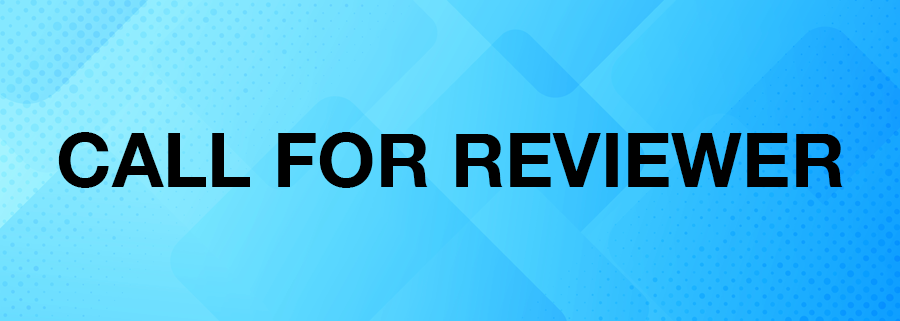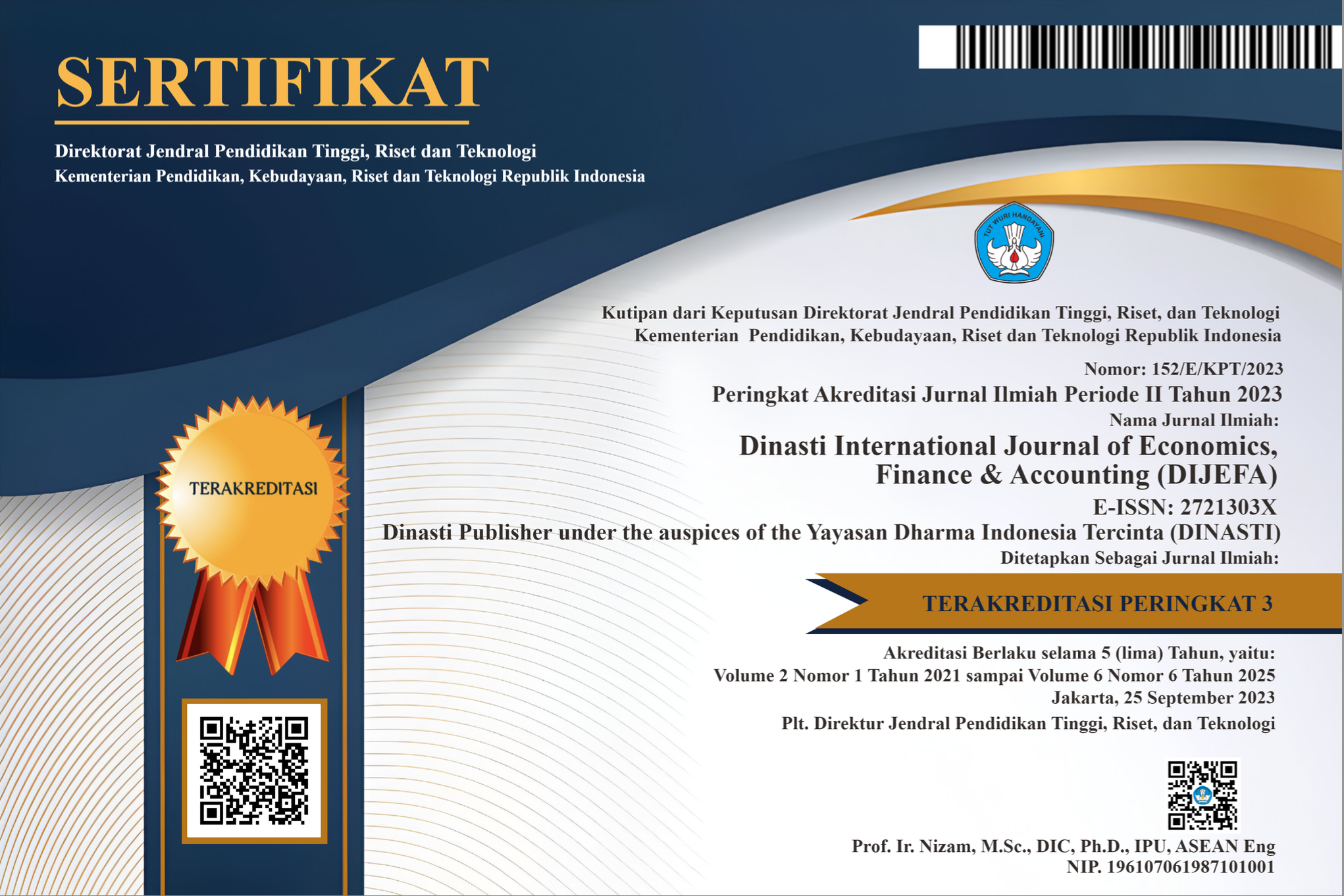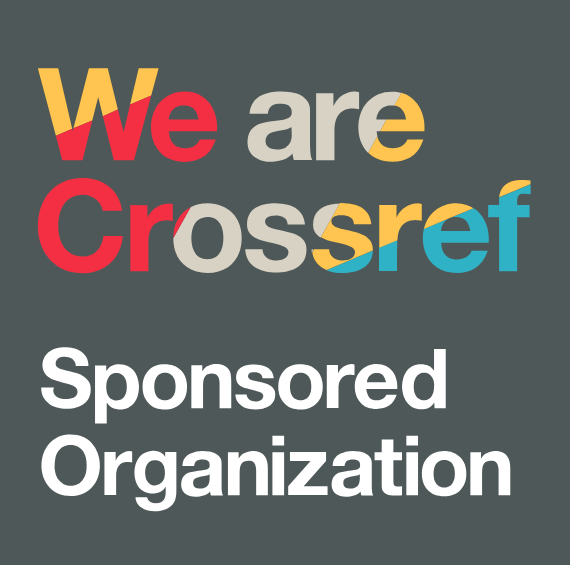Innovative Behavior on the State Civil Apparatus
DOI:
https://doi.org/10.38035/dijefa.v4i2.1768Keywords:
Innovation, state civil apparatus, literature study, internal factors of innovation, external factors of innovationAbstract
In entering the globalization era with various challenges that exist it will requires us to adjust to that situation. One way to adjust to this dynamic changes is through innovate. This research include in qualitative research by systematic literature research method that intensive and in-depth. In this research, the author tries to identify, collect, investigate and evaluate all the literature used to inform the readers. The researcher collects all the literature in the form of scientific journals/thesis/dissertation related to the innovative behavior of Civil Servants in Indonesia from the Google Scholar database source and produces 38 (thirty-eight) for screening categorization and only 8 (eight) documents related to innovative behavior of Civil Servants. The author conducts a thematic analysis by explaining in problem boundaries section so the important factors regarding an innovative civil servants could be obtained. From these analysis results, it can be concluded that innovative behavior consists of internal factors such as self-efficacy, openness to experience, creativity and psychological capital. Beside that, there are also an external factors such as job demands and job resources, organizational climate and culture, knowledge management and leadership. Thus, the managerial implications for Civil Services needs to transform the mindset by fostering self-efficacy in their environment so as to try new ways or methods in completing work, as well as being open and willingness to accept new ideas from others and sharpening creativity in solving problems.
References
Amabile, T. M. (1988). A model of creativity and innovation in organizations. Research in Organizational Behavior, 10(1), 123–167. https://web.mit.edu/curhan/www/docs/Articles/15341_Readings/Group_Performance/Amabile_A_Model_of_CreativityOrg.Beh_v10_pp123-167.pdf
Anderson, N., Potočnik, K., & Zhou, J. (2014). Innovation and Creativity in Organizations: A State-of-the-Science Review, Prospective Commentary, and Guiding Framework. Journal of Management, 40(5), 1297–1333. https://doi.org/10.1177/0149206314527128
Carmeli, A., & Schaubroeck, J. (2007). The influence of leaders’ and other referents’ normative expectations on individual involvement in creative work. The Leadership Quarterly, 18(1), 35–48. https://www.sciencedirect.com/science/article/pii/S104898430600141X
Christensen, C. M., Raynor, M. E., Dyer, J., & Gregersen, H. (2011). Disruptive Innovation: The Christensen Collection (The Innovator’s Dilemma, The Innovator’s Solution, The Innovator’s DNA, and Harvard Business Review. Harvard Business Press.
De Jong, J., & den Hartog, D. (2010). Measuring innovative work behaviour. Creativity and Innovation Management, 19(1), 23–36. https://doi.org/10.1111/j.1467-8691.2010.00547.x
Dediu, V., Leka, S., & Jain, A. (2018). Job demands, job resources and innovative work behaviour: a European Union study. European Journal of Work and Organizational Psychology, 27(3), 310–323. https://doi.org/10.1080/1359432X.2018.1444604
Dickson, R. (2017). Doing A Systematic Review: A Student Guide. Sage Publications Limited.
Dutta, S., Lanvin, B., & Wunsch-Vincent, S. (2020). Global Innovation Index 2020: Who will finance innovation? 13TH EDITION. Cornell University, INSEAD, & World Intellectual Property Organization (WIPO).
Fay, D., Bagotyriute, R., Urbach, T., West, M. A., & Dawson, J. (2019). Differential effects of workplace stressors on innovation: An integrated perspective of cybernetics and coping. International Journal of Stress Management, 26(1), 11–24. https://psycnet.apa.org/journals/str/26/1/11/
Han, Y., & Yang, B. Y. (2011). Authentic Leadership, Psychological Capital and Employee Innovative Behavior The Moderating Role of Exchange of Leaders Member. Management World, 12, 78–86.
Hasanah, S. F., Suyasa, P. T. Y. S., & Dewi, F. I. (2019). Perilaku Kerja Inovatif ditinjau dari Modal Psikologis, Tuntutan Kerja, dan Sumber Daya Pekerjaan. Jurnal Muara Ilmu Sosial, Humaniora, Dan Seni, 3(2), 475–489. http://journal.untar.ac.id/index.php/jmishumsen/article/view/3353
Jamaluddin, J., Yunus, H., & Akib, H. (2017). Pengaruh budaya organisasi terhadap kinerja pegawai pada dinas pendidikan provinsi sulawesi selatan. Jurnal Ad’ministrare, 4(1), 25–34. https://doi.org/10.26858/ja.v4i1.3443
Kementerian Pendayagunaan Aparatur Negara dan Reformasi Birokrasi. (2020, July 10). Dua Karakter Kunci Inovasi Pelayanan Publik. Kementerian Pendayagunaan Aparatur Negara Dan Reformasi Birokrasi. https://menpan.go.id/site/berita-terkini/dua-karakter-kunci-inovasi-pelayanan-publik
Kleysen, R. F., & Street, C. T. (2001). Toward a Multi-Dimensional Measure of Individual Innovative Behavior. Journal of Intellectual Capital, 2(3), 284–296. https://doi.org/10.1108/EUM0000000005660
Markonah, M., & Prasetyo, J. H. (2020). The Effect of Corporate Governance on Financial Performance: Evidence from Islamic Banks in Indonesia. Journal of Asian Finance, Economics and Business, 9(6), 45–52. https://doi.org/10.2991/aer.k.201221.098
Mishra, P., Bhatnagar, J., Gupta, R., & Wadsworth, S. M. (2019). How work–family enrichment influence innovative work behavior: Role of psychological capital and supervisory support. Journal of Management & Organization, 25(1), 58–80. https://doi.org/10.1017/jmo.2017.23
Nadya, N., Damia, D., & Riza, R. (2020). Perkembangan Indeks Daya Saing Global: Indonesia. In Referensi. Dewan Perwakilan Rakyat Republik Indonesia. https://berkas.dpr.go.id/puskajianggaran/referensi-apbn/public-file/referensi-apbn-public-24.pdf
Nonaka, I., Nishihara, A. H., & Kawada, H. (2017). Knowledge-based management theory. Knowledge Creation in Public Administrations, 1–21. https://doi.org/10.1007/978-3-319-57478-3_1/COVER
Nurmala, S., & Widyasari, S. D. (2021). Self efficacy dan Openness terhadap Perilaku Kerja Inovatif pada Kementerian Dalam Negeri. Psychopolytan: Jurnal Psikologi, 4(2), 92–100. http://jurnal.univrab.ac.id/index.php/psi/article/view/1508
Osborne, S. P., & Brown, L. (2011). Innovation, public policy and public services delivery in the UK: The word that would be king? Public Administration, 89(4), 1335–1350. https://doi.org/10.1111/j.1467-9299.2011.01932.x
Praptowo, B. D., Michdor, M., & Suharsono, A. (2020). Keterlibatan Siklus Terintegrasi Knowledge Management Terhadap Perilaku Kerja Inovatif Sumber Daya Manusia di Balai Diklat Keuangan Yogyakarta. Jurnal Borneo Administrator, 16(1), 1–22. https://doi.org/10.24258/jba.v16i1.588
Prihantoro, A. N., & Soehari, T. D. (2020). The Effect of Creativity, Leadership and Organizational Culture on Organizational Innovation the Education and Training Center of the Ministry of Communication and Informatics. International Journal of Innovative Science and Research Technology, 5(5), 1742–1753. https://ijisrt.com/assets/upload/files/IJISRT20MAY958.pdf
Riani, A. L. (2011). Budaya Organisasi (1st ed.). Graha Ilmu.
Riyanto, S., Janiah, S., & Prasetyo, J. H. (2021). A strategy to strengthen the organizational citizenship behaviour of steel industry’s employee in Indonesia. Academy of Strategic Management Journal, 20(3), 1–14. https://www.abacademies.org/articles/A-strategy-to-strengthen-the-organizational-citizenship-behaviour-of-steel-industrys-employee-in-indonesia-1939-6104-20-3-784.pdf
Riyanto, S., & Prasetyo, J. H. (2021). Factors affecting civil servant performance in Indonesia. International Journal of Entrepreneurship, 25(5), 1–15. https://www.abacademies.org/articles/Factors-Affecting-Civil-Servant-Performance-in-Indonesia.pdf
Sari, A. N., & Ulfa, C. K. (2013). Perilaku inovasi karyawan ditinjau dari empat kuadran iklim organisasi. Predicara, 2(1).
Scott, S. G., & Bruce, R. A. (1994). Determinants of Innovative Behavior: A Path Model of Individual Innovation in the Workplace. Academy of Management, 37(3), 580–607. https://doi.org/10.5465/256701
Siu, O. L., Bakker, A. B., & Jiang, X. (2014). Psychological capital among university students: Relationships with study engagement and intrinsic motivation. Journal of Happiness Studies , 15(4), 979–994. https://doi.org/10.1007/s10902-013-9459-2
Susanty, E. (2013). Iklim Organisasi: Manfaatnya Bagi Organisasi. Semnas Fekon: Optimisme Ekonomi Indonesia 2013, Antara Peluang Dan Tantangan, 1(2), 230–239. http://repository.ut.ac.id/4918/1/fekon2012-22.pdf
Syaifudin, N. (2021). Pengaruh Iklim Dan Budaya Organisasi Terhadap Inovasi Pegawai Di Lingkungan Biro Hukum Kementerian Keuangan. Coopetition: Jurnal Ilmiah Manajemen, 12(2), 233–244. http://journal.ikopin.ac.id/index.php/coopetition/article/view/240
Van der Vegt, G. S., & Janssen, O. (2003). Joint Impact of Interdependence and Group Diversity on Innovation: Journal of Management, 29(5), 729–751. https://doi.org/10.1016/S0149-2063_03_00033-3
Wang, D. X., & Hong, Y. (2010). The Mechanism Study of Leaders’ Support Promotes Employees’ Creativity. Nan Kai Business Review, 4, 109–114.
West, M. A., & Farr, J. L. (1989). Innovation at work: Psychological perspectives. Social Behaviour, 4(1), 15–30.
Wiriyanto, B. (2020). Kepemimpinan Inovatif Kepala Daerah untuk Sektor Publik di Kabupaten Banyuwangi (Studi Kasus Bupati Abdullah Azwar Anas). [Universitas Jember]. https://repository.unej.ac.id/bitstream/handle/123456789/102503/Budi Wiriyanto-170920101004_1.pdf?sequence=1&isAllowed=y
Zahra, T. T., Ahmad, H. M., & Waheed, A. (2017). Impact of Ethical Leadership on Innovative Work Behavior: Mediating Role of Self-Efficacy. Journal of Behavioural Sciences, 27(1), 93–107.
Downloads
Published
How to Cite
Issue
Section
License
Authors who publish their manuscripts in this journal agree to the following conditions:
- The copyright on each article belongs to the author(s).
- The author acknowledges that the Dinasti International Journal of Economics, Finance & Accounting (DIJEFA) has the right to be the first to publish with a Creative Commons Attribution 4.0 International license (Attribution 4.0 International (CC BY 4.0).
- Authors can submit articles separately, arrange for the non-exclusive distribution of manuscripts that have been published in this journal into other versions (e.g., sent to the author's institutional repository, publication into books, etc.), by acknowledging that the manuscript has been published for the first time in the Dinasti International Journal of Economics, Finance & Accounting (DIJEFA).


























































